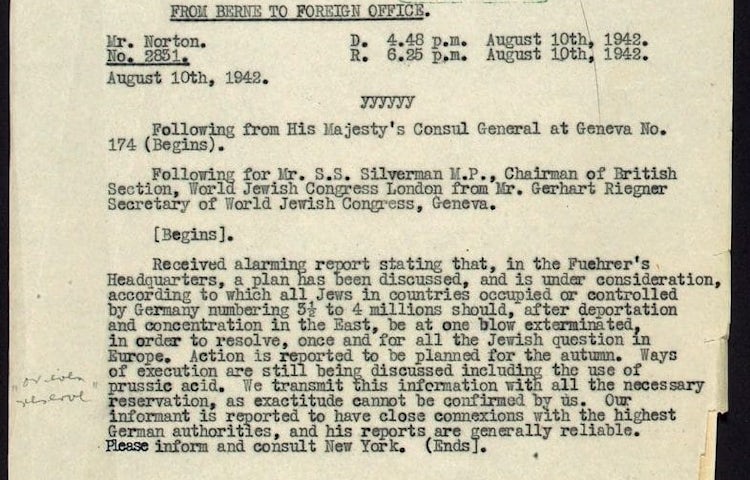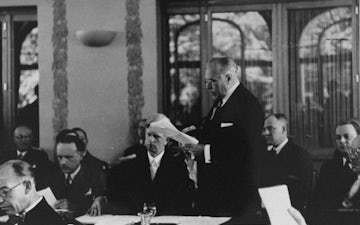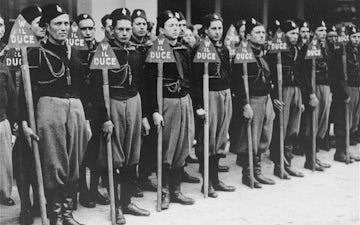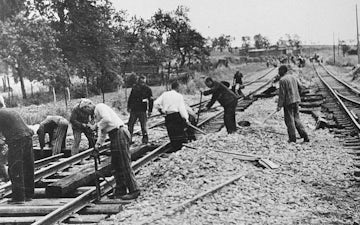
As Nazi Germany’s persecution and oppression of Jews in Germany and Nazi-occupied Europe intensified during the early years of World War II, details of the imprisonment of Jews in ghettos and their subsequent deportation to concentration camps were provided to both Allied governments and the media by international Jewish organizations and by governments-in-exile of the occupied countries. Although these reports were not always entirely accurate, the overall picture of widespread persecution was clear.
As early as December 7, 1939, the New York Times prominently featured a public protest by the executive committee of the World Jewish Congress against the fact that Polish Jews had been forced into a “reservation” in the Lublin district of Poland where they were exposed to starvation and inhuman treatment.
Two years later, On June 30, 1942, the same newspaper featured an article with the headline, “1,000,000 Jews slain by Nazis,” in which in which the World Jewish Congress reported information received from the Polish Government in London that the Nazis had established a “vast slaughterhouse for Jews” in Eastern Europe.
Similar articles appeared in the British press: in June 1942, the Daily Telegraph published an article describing the fate of European Jewry as “the greatest massacre in the world’s history”, though it did so on page five of a six-page newspaper.
In August of 1942, the US State Department and the British Foreign Office learned from a telegram sent by Gerhart M. Riegner, the Geneva representative of the World Jewish Congress, of the German government’s plan that “all Jews in countries occupied or controlled” by Germany “should after deportation and concentration” in the east be “exterminated to resolve once for all the Jewish question in Europe.”




